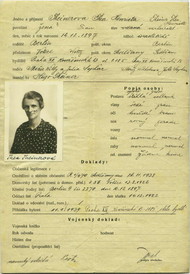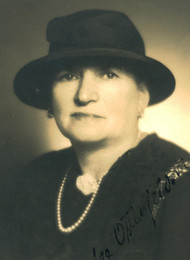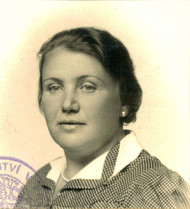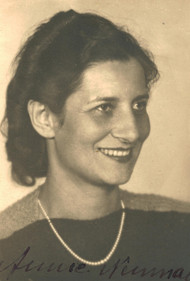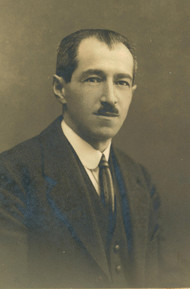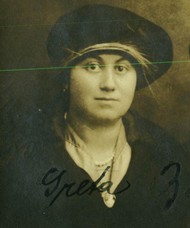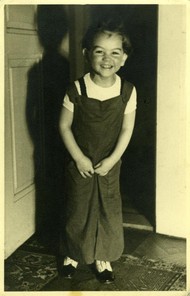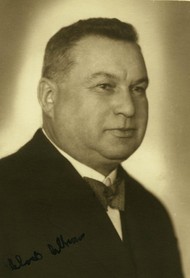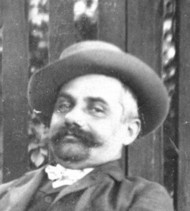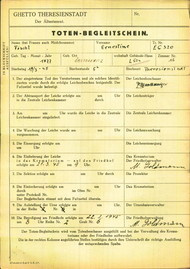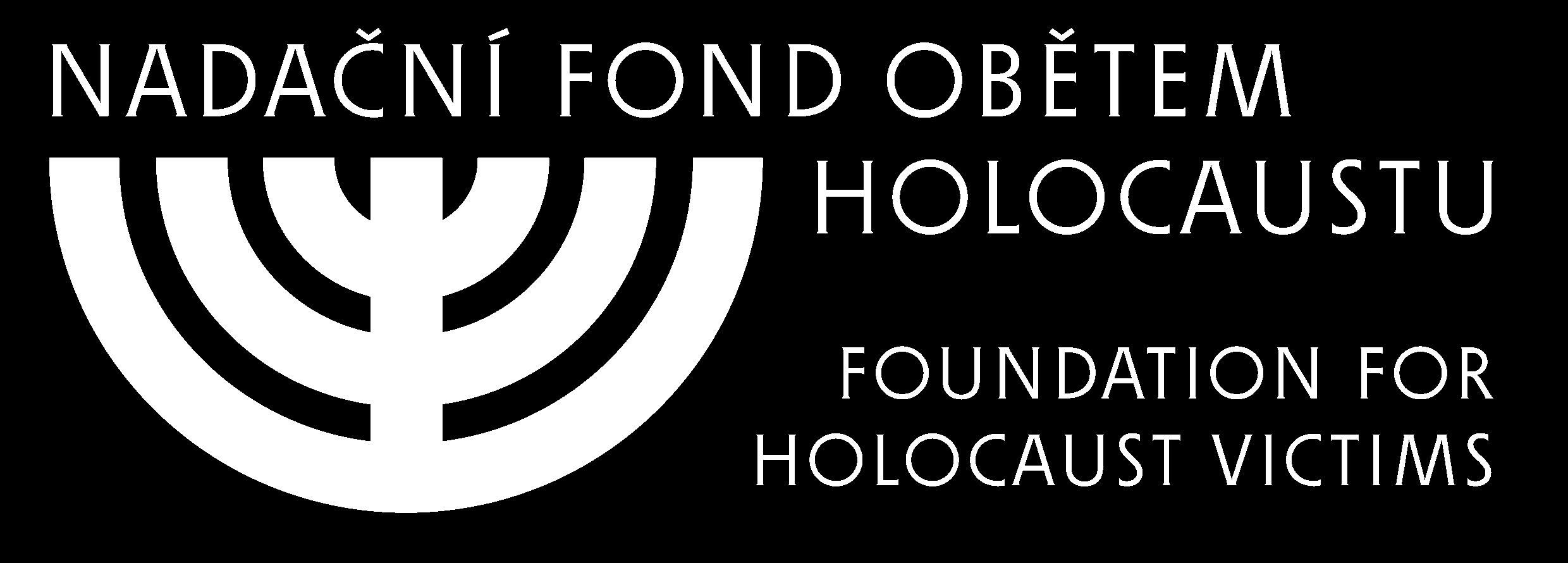In late 1941 and early 1942, Nazi Germany was at the summit of its power. It ruled most of Europe, and Hitler (link in Czech) and the Nazi leadership still hoped to see the rapid defeat of the Soviet Union. In this situation, the Nazis approached the final stage
of the final solution
of the Jewish question in a Europe-wide context. Immediately after the offensive against the Soviet Union was launched, on the 31st of July 1941, Heydrich had an authorisation signed by Göring to make preparations with regard to the organisational, practical and material aspects of an overall solution to the Jewish question
. The intention to exterminate all of the approximately 11 million Jews living within Nazi Germany's sphere of power was then clearly expressed by Heydrich at a conference of high-ranking Nazi officials in Wannsee in January 1942. The Wannsee conference was not, as is often claimed, the place where the decision was taken to murder Europe's Jews - this was already going on in reality in the conquered territories. The conference served above all for agreement to be reached on coordination between various Nazi ministries and officials.
Since the beginning of the war, there had been attempts from time to time to deport Jews out of the Reich towards the east. The deportations to Nisko, organised in October 1939 by Adolf Eichmann (link in Czech), were soon stopped. Still, in February 1940, for example, a thousand Jews from Szczecin and the surrounding area were taken from their flats in the middle of the night and deported to three villages close to Lublin. The justification given for the operation was that their flats were urgently needed for reasons of the war economy
. In October 1940, 6 500 Jews were deported from Baden, the Palatinate and Saarland to the south of France, where they were interned by the Vichy government.
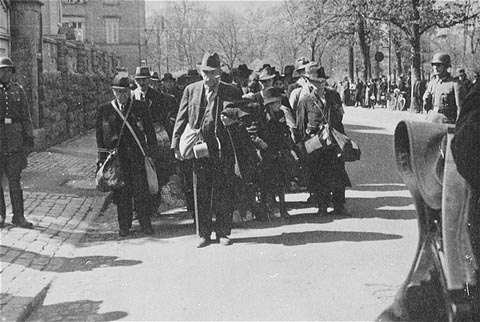
The deportation of Jews from Würzburg, 25th of April 1942. (Photo: National Archives, courtesy of USHMM Photo Archives.)
Autumn 1941 marked the start of a systematic programme of Jewish deportations from Germany and the German-occupied countries to extermination camps in the east. At the same time, a strict ban on Jewish emigration was introduced. The deportation of Jews, which the Nazis cynically referred to as evacuation
, was made easier by the fact that the Jewish population was now largely concentrated in certain places, and most Jews had been deprived of their means of earning a living.
Jews received orders to present themselves at assembly points so that they could be evacuated
further east. They often remained several days in these assembly camps, during which they were deprived not only of all their remaining property, but also of the remainder of their civil identity. Each person was issued with an evacuation number
- a number for the death transport. Before deportation, they had to hand over the keys to their flats, and received strict orders to pay all outstanding bills for water, electricity and gas. The deportation thus meant that their entire remaining property fell to the Reich .The theft of this property was legalised by the 11th implementing degree for the Nuremberg Laws (link in Czech), published on the 25th of November 1941, which among other things stated that Jews who went abroad lost German state citizenship and their property fell to the Reich.
The deportation to the east was cynically described as the transfer of residence beyond the boundaries of the Reich. The deported Jews were allowed to take luggage with them with a maximum weight of 50 kg. To further create the appearance that this was a transfer
, they often had to pay their railway transport costs themselves.
The transports were centrally organised by the IV B 4 department at the Head Office for Reich Security, headed by Adolf Eichmann. This was where, in 1942 and 1943, the time, destination and number of victims of the transports were decided, not only from German territory but from the whole of occupied Europe. Eichmann's department coordinated the transports with other offices, above all with the railway administrations in the countries affected. The whole process of deportation, consisting among other things of selecting people for transport, the thorough sequestration of their property and the preparation of their transport documents was shared in by a huge bureaucratic machine. The Nazis also forced the Jewish communities to play a part in the organisation and composition of the transports.
From October and November 1941 on, Jews were transported, usually in groups of around a thousand people, from German and Austrian cities and the Protectorate to the eastern camps, above all to Riga, Minsk and the Lublin area. Some of them died of starvation and cold, some of them were executed on the spot, and some were later sent to the extermination camps of Belzec, Sobibor, Chelmno, Majdanek and Treblinka. Between the 8th November 1941 and the 25th of January 1942, approximately 50 000 men, women and children were thus deported from the Reich and occupied Austria, with another 55 000 in a further wave from the 6th of March 1942. From 1942 to 1945, the majority of transports from across Europe were to the extermination camp at Auschwitz.
In November 1941, the first transport left Prague for the ghetto in Terezín (Theresienstadt), which served as a concentration and transit camp for Jews from the Protectorate. At the Wannsee conference (link in Czech), another function of Terezín was mentioned: it was to serve as a ghetto for elderly German and Austrian Jews, prominent figures and for Jews who had been decorated with German war honours during the First World War. On the 2nd of June 1942, a transport for Terezín left Berlin, and was soon followed by trains from all parts of the German Reich. On the 21st of June, the first transport from Vienna arrived. By the end of the war, 42 000 Jews had been sent from Germany to Terezín, and over 16 000 from Austria. Terezín merely served to cover up the terrible reality, however, since in January 1942 the first transport to the east departed, and by the end of 1944 approximately 87 000 prisoners had been sent from Terezín to the eastern ghettos and extermination camps. Only a tiny proportion of them survived.
From 1942 until the end of the war, there were transports from the whole of Nazi-ruled Europe, and from states under Nazi influence. Between March and August 1942, almost 58 000 Slovak Jews were deported to extermination camps - above all Auschwitz
- with the approval of the Slovak government. In July 1942 mass deportations of Jews from northern France, Belgium and the Netherlands were started. In August 1942 they were followed by 5 500 Croatian Jews, and in November, 500 Norwegian Jews were collected and deported.
Most of the states that fell into the Nazi sphere of influence but were not occupied by German troops were willing to hand over Jews with foreign citizenship to the Nazis. Meanwhile, although they subjected their own Jews to anti-Jewish legislation and squeezed them to the fringes of society, they were not willing to let them be deported to the extermination camps. (The exception was Slovakia, as mentioned above). In 1943, the German authorities did negotiate the deportation of 11 000 Jews from Bulgarian Macedonia and Thrace, areas that were newly-attached to Bulgaria and where the Jewish population had not been given Bulgarian citizenship. These Jews were murdered in Treblinka. However, the remaining Bulgarian Jews were spared deportation as the result of domestic opposition and the decreasing likelihood that Germany would win the war.
After the defeat at Stalingrad, the German Foreign Office and Eichmann's deportation department found it more and more difficult to gain agreement to the deportation of Jews from other countries. Although the Romanian authorities worked with Einsatzgruppe (link in Czech) D on the extermination and deportation of foreign
Jews from Bukovina and Transnistria, the Romanian government did not resolve to deport Jews from Romania itself. In 1943, Germany deported 46 000 Jews from Northern Greece, occupied by the Wehrmacht. When in 1943 the Germans carried out raids on Jews in occupied Denmark, most of them managed to escape to Sweden. Only a small number of Danish Jews, mostly elderly, were deported to Terezín. During the same period, deportations started from Italy, which had been occupied by the German army after the Italian government went over to the Allied side.
Even in 1944, when it was already clear that Germany would lose the war, the mass deportations of Jews from Western Europe and northern Italy to the extermination camps continued. Deportations to Auschwitz also continued from Terezín and the last major existing Polish ghetto in Lodz. Deportations from Slovakia, occupied by the German army in summer 1944, were renewed. The greatest number of transports towards the end of the war came from Hungary, occupied by the Germans in March 1944. In the span of a few months, Eichmann and his colleagues managed to send a total of 437 000 Jews from Hungary to Auschwitz.



